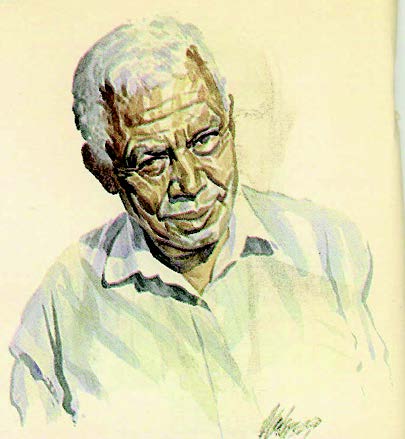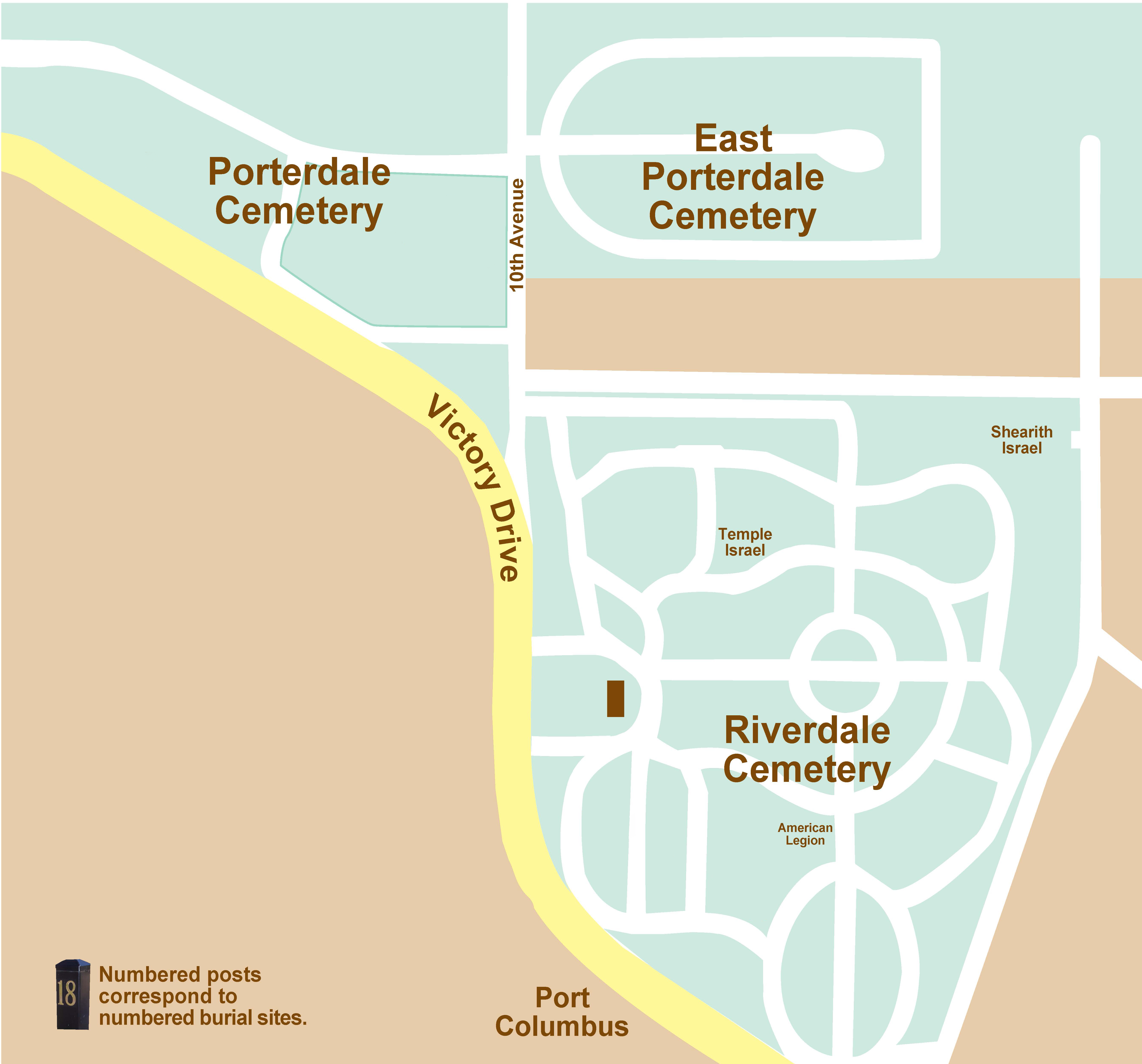
Alfonso Biggs (1904-2003) taught school and worked in cotton mills before becoming a master cook. In a 65-year catering career, he cooked for five Ft. Benning generals and three United States presidents – Franklin Roosevelt, Harry Truman and Dwight Eisenhower. He was well known and admired as a keeper of black history in the oral tradition, and was generous in sharing his vast knowledge with all who would listen. #1 Porterdale
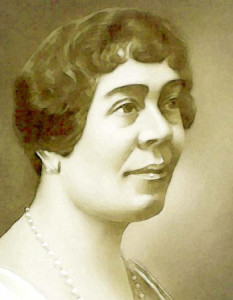 Elizabeth Frances Cantey (1875 – 1948) was born in Ft. Mitchell, AL, but moved to Columbus and attended local public schools; she was among the first graduates of Tuskegee Institute. Miss Cantey became a teacher and made the school system her life and her love for more than fifty years. Her devotion to youth, especially those less fortunate than others, made her a role model and an important influence for children throughout the community. The Housing Authority of Columbus honored her memory in 1950 by naming a new housing development The Elizabeth F. Canty Homes.
Elizabeth Frances Cantey (1875 – 1948) was born in Ft. Mitchell, AL, but moved to Columbus and attended local public schools; she was among the first graduates of Tuskegee Institute. Miss Cantey became a teacher and made the school system her life and her love for more than fifty years. Her devotion to youth, especially those less fortunate than others, made her a role model and an important influence for children throughout the community. The Housing Authority of Columbus honored her memory in 1950 by naming a new housing development The Elizabeth F. Canty Homes.
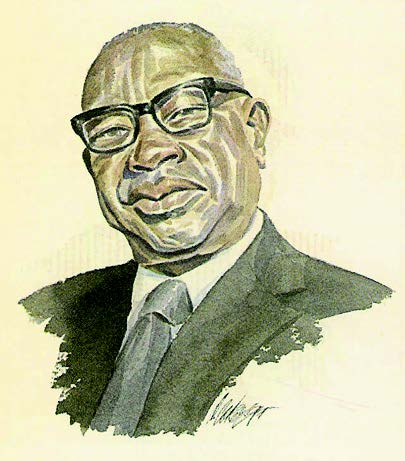 Samuel Charleston (1904-1999) was an icon of education during his 42-year career in the Columbus-Muscogee County School system; he was Principal of Spencer High, Claflin Elementary and Spencer Junior High Schools before becoming the first Principal of Carver High School. He also helped organize the nonpartisan Voters League, and was the first black person to sit on a federal jury in Columbus. In 1970, he was a member of the grand jury which elected James Grant as the first black member of the School Board.
Samuel Charleston (1904-1999) was an icon of education during his 42-year career in the Columbus-Muscogee County School system; he was Principal of Spencer High, Claflin Elementary and Spencer Junior High Schools before becoming the first Principal of Carver High School. He also helped organize the nonpartisan Voters League, and was the first black person to sit on a federal jury in Columbus. In 1970, he was a member of the grand jury which elected James Grant as the first black member of the School Board.
 Lyda H. Hannan (1909-2000) spent her entire career in education. She was named Principal of Pou Street Elementary School in 1945, where she remained until her retirement in 1968. Mrs. Hannan was also very active in her church, St. James A.M.E., and throughout the community, volunteering countless hours with the League of Women Voters, Muscogee County Department of Family and Children Services and Board of Registrars, Valley Rescue Mission, A.J. McClung YMCA and the Medical Center Auxiliary. Her years of dedication and exemplary service to education were honored by the Muscogee County School District in 1990 with a new facility bearing her name on the site of the old Pou Street School
Lyda H. Hannan (1909-2000) spent her entire career in education. She was named Principal of Pou Street Elementary School in 1945, where she remained until her retirement in 1968. Mrs. Hannan was also very active in her church, St. James A.M.E., and throughout the community, volunteering countless hours with the League of Women Voters, Muscogee County Department of Family and Children Services and Board of Registrars, Valley Rescue Mission, A.J. McClung YMCA and the Medical Center Auxiliary. Her years of dedication and exemplary service to education were honored by the Muscogee County School District in 1990 with a new facility bearing her name on the site of the old Pou Street School
 Lizzie Mae Lunsford (1889 – 1966) and her husband Watson T. Lunsford operated a grocery store in “The Bottoms,” a section of town located at the foot of Wynn’s Hill and near what is now Martin Luther King, Jr., Boulevard. Quietly successful in their business affairs, she and her husband were generous in their support of the community. When the community needed money for a USO for black soldiers, she wrote a check. When people were needed to stand up in court so black people would be allowed to vote, she was there. When the Tuskegee-Morehouse football game was in financial trouble, she stood behind it. When there was a shortage of housing for blacks during World War II, she used her family savings and built apartments. Principles were her family’s trademark.
Lizzie Mae Lunsford (1889 – 1966) and her husband Watson T. Lunsford operated a grocery store in “The Bottoms,” a section of town located at the foot of Wynn’s Hill and near what is now Martin Luther King, Jr., Boulevard. Quietly successful in their business affairs, she and her husband were generous in their support of the community. When the community needed money for a USO for black soldiers, she wrote a check. When people were needed to stand up in court so black people would be allowed to vote, she was there. When the Tuskegee-Morehouse football game was in financial trouble, she stood behind it. When there was a shortage of housing for blacks during World War II, she used her family savings and built apartments. Principles were her family’s trademark.
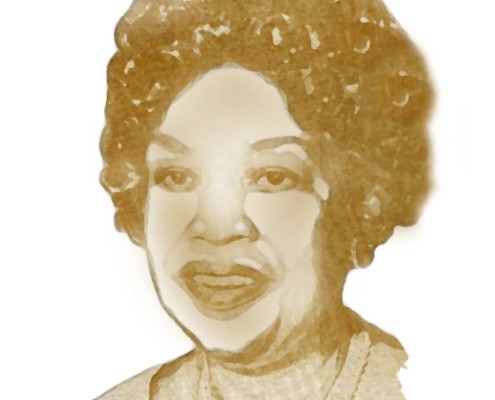 Fredye Marshall (1911-1998) was born in Columbus and educated in the local school system. At an early age, she began to nurture her musical talent in neighborhood, school and church groups, and later studied voice in New York. This training led to memorable roles on Broadway, opera and concert stages in renowned venues on every
Fredye Marshall (1911-1998) was born in Columbus and educated in the local school system. At an early age, she began to nurture her musical talent in neighborhood, school and church groups, and later studied voice in New York. This training led to memorable roles on Broadway, opera and concert stages in renowned venues on every
continent, including several command performances for royalty. Miss Marshall returned home in 1961; she became the first African-American inducted into “Gracious Ladies of Georgia.”
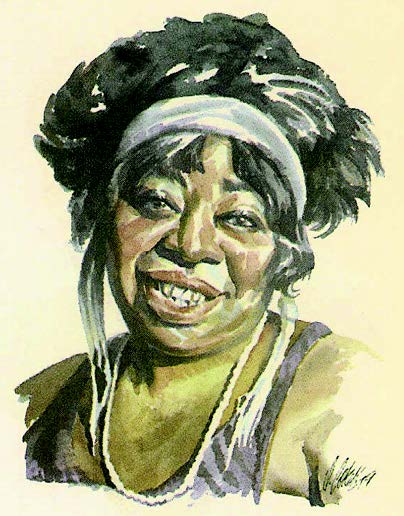 Gertrude Pridgett “Ma” Rainey (1886-1939), known as the Mother of the Blues, made her stage debut at the age of 14 at the Springer Opera House in “Bunch of Blackberries”. During 30 years, she performed and recorded with such significant musicians as Louie Armstrong, Fletcher Henderson and Thomas A. Dorsey. After coming home to Columbus in 1935, she frequently entertained friends in her home with her musical talent. She joined Friendship Baptist Church where she served as pianist.
Gertrude Pridgett “Ma” Rainey (1886-1939), known as the Mother of the Blues, made her stage debut at the age of 14 at the Springer Opera House in “Bunch of Blackberries”. During 30 years, she performed and recorded with such significant musicians as Louie Armstrong, Fletcher Henderson and Thomas A. Dorsey. After coming home to Columbus in 1935, she frequently entertained friends in her home with her musical talent. She joined Friendship Baptist Church where she served as pianist.
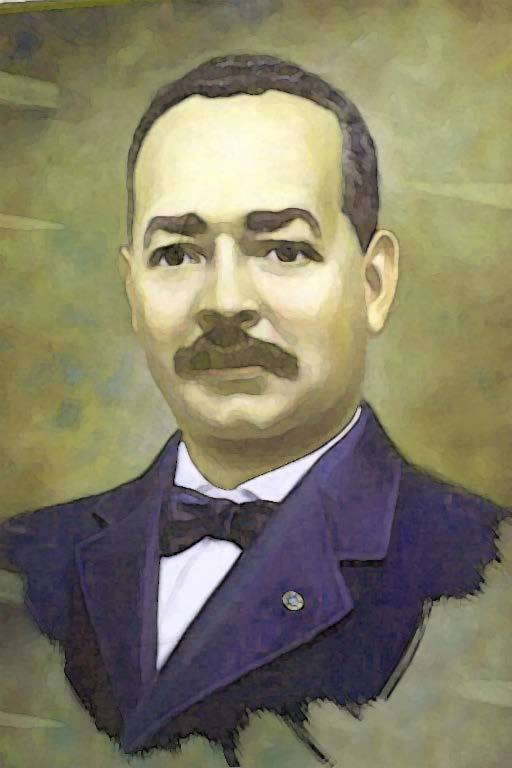 William H. Spencer (1857-1925) served the community as an elementary school teacher, as Principal of the former Fifth Avenue School and finally as Superintendent of Colored Schools. His greatest goal was to have an accredited high school for people of color in Columbus. Mr. Spencer faced strong opposition, but his persistence triumphed five years after his death when Spencer High School was created and named in his honor.
William H. Spencer (1857-1925) served the community as an elementary school teacher, as Principal of the former Fifth Avenue School and finally as Superintendent of Colored Schools. His greatest goal was to have an accredited high school for people of color in Columbus. Mr. Spencer faced strong opposition, but his persistence triumphed five years after his death when Spencer High School was created and named in his honor.
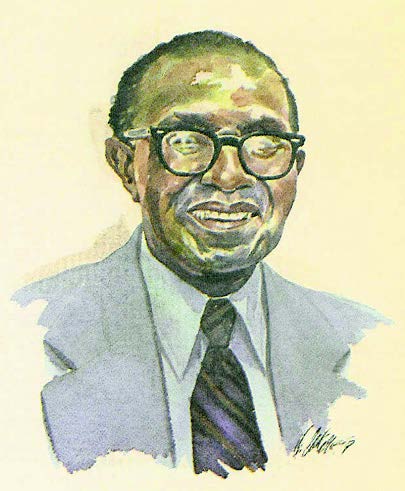 Reverend Primus King (1900-1986) was Pastor of Mount Pleasant Baptist Church and a man who “wanted to give Negroes the tree of life in Georgia”. After being refused the right to vote in the all-white Georgia primary on Independence Day, 1944, King filed a lawsuit which resulted two years later in the ruling giving all citizens the right to register and vote.
Reverend Primus King (1900-1986) was Pastor of Mount Pleasant Baptist Church and a man who “wanted to give Negroes the tree of life in Georgia”. After being refused the right to vote in the all-white Georgia primary on Independence Day, 1944, King filed a lawsuit which resulted two years later in the ruling giving all citizens the right to register and vote.
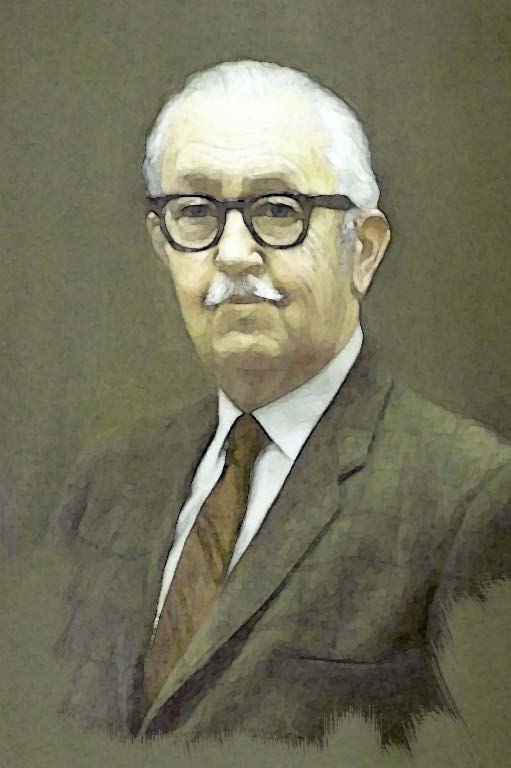 James Joseph Walton Biggers (1893 – 1992) A descendant of an original settler of this area, Mr. Biggers graduated from Columbus Industrial High School in 1911 and from Georgia Institute of Technology in 1915. He worked with noted Atlanta architect Neal Reid before being hired to assist in planning Fort Benning in 1917. He was awarded a Fellowship in the American Institute of Architects in 1964. Mr. Biggers practiced architecture in Columbus for sixty years, designing churches, office buildings, libraries, schools and residences. More than thirty homes in the Hilton Heights and Peacock Woods areas continue to reflect his sense of proportion and style.
James Joseph Walton Biggers (1893 – 1992) A descendant of an original settler of this area, Mr. Biggers graduated from Columbus Industrial High School in 1911 and from Georgia Institute of Technology in 1915. He worked with noted Atlanta architect Neal Reid before being hired to assist in planning Fort Benning in 1917. He was awarded a Fellowship in the American Institute of Architects in 1964. Mr. Biggers practiced architecture in Columbus for sixty years, designing churches, office buildings, libraries, schools and residences. More than thirty homes in the Hilton Heights and Peacock Woods areas continue to reflect his sense of proportion and style.
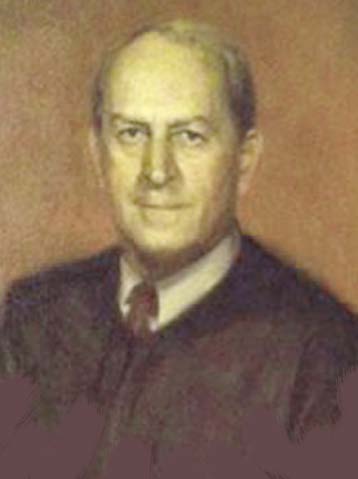 Aaron Cohn (1916-2012), beloved Juvenile Court Judge, was truly a champion of children, never losing faith in them, though their troubles brought them to his court. During more than four decades, he touched and changed countless lives. He was a man of many interests and talents, excelling in all – in leadership positions of service to his profession, to his city and state, to his alma mater, the University of Georgia, to Temple Israel, and service to his country. A veteran of WWII, he served under Gen. George S. Patton and was among the liberators of the Ebansee concentration camp. Approaching terrified Jewish survivors, he held out his hands and declared simply, “I am a Jew.” What more fitting time for this generous and patriotic man’s life to end than in its 96th year on the Fourth of July.
Aaron Cohn (1916-2012), beloved Juvenile Court Judge, was truly a champion of children, never losing faith in them, though their troubles brought them to his court. During more than four decades, he touched and changed countless lives. He was a man of many interests and talents, excelling in all – in leadership positions of service to his profession, to his city and state, to his alma mater, the University of Georgia, to Temple Israel, and service to his country. A veteran of WWII, he served under Gen. George S. Patton and was among the liberators of the Ebansee concentration camp. Approaching terrified Jewish survivors, he held out his hands and declared simply, “I am a Jew.” What more fitting time for this generous and patriotic man’s life to end than in its 96th year on the Fourth of July.
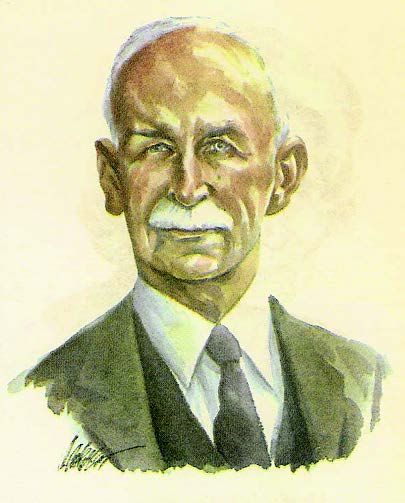 Roland Bird Daniel (1866-1955) was Superintendent of the Columbus School District for 31 years, and also served as President of the Georgia Association of Educators. Daniel Middle School was named in his honor. During his tenure in local education, Columbus was noted as a model for the introduction of industrial-vocational training into the public school system, and he was recognized world-wide as an authority on the subject.
Roland Bird Daniel (1866-1955) was Superintendent of the Columbus School District for 31 years, and also served as President of the Georgia Association of Educators. Daniel Middle School was named in his honor. During his tenure in local education, Columbus was noted as a model for the introduction of industrial-vocational training into the public school system, and he was recognized world-wide as an authority on the subject.
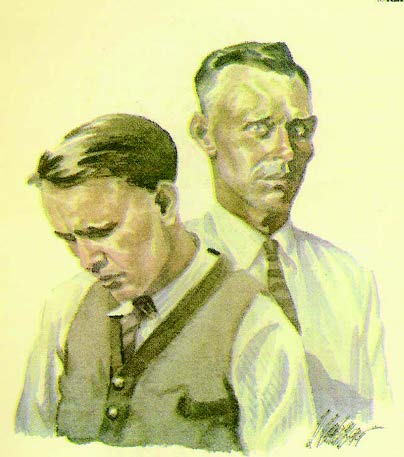 Tom Darby (d. 1971) and Jimmy Tarleton (d. 1979) were two folksingers who toured the country during the 1920’s and 1930’s making music – Darby on rhythm guitar and Tarleton on slide guitar; together they made 84 recordings. Their lives were full of sour notes, but in November of 1927 music brought them together for one harmonious moment: recording “Columbus Stockade Blues” in an Atlanta studio. In the ensuing years, scores of artists have wailed the familiar refrain: “Way down, in Columbus, Georgia. Wish I was back in Tennessee.”
Tom Darby (d. 1971) and Jimmy Tarleton (d. 1979) were two folksingers who toured the country during the 1920’s and 1930’s making music – Darby on rhythm guitar and Tarleton on slide guitar; together they made 84 recordings. Their lives were full of sour notes, but in November of 1927 music brought them together for one harmonious moment: recording “Columbus Stockade Blues” in an Atlanta studio. In the ensuing years, scores of artists have wailed the familiar refrain: “Way down, in Columbus, Georgia. Wish I was back in Tennessee.”
 Tom Darby (d. 1971) and Jimmy Tarleton (d. 1979) were two folksingers who toured the country during the 1920’s and 1930’s making music – Darby on rhythm guitar and Tarleton on slide guitar; together they made 84 recordings. Their lives were full of sour notes, but in November of 1927 music brought them together for one harmonious moment: recording “Columbus Stockade Blues” in an Atlanta studio. In the ensuing years, scores of artists have wailed the familiar refrain: “Way down, in Columbus, Georgia. Wish I was back in Tennessee.”
Tom Darby (d. 1971) and Jimmy Tarleton (d. 1979) were two folksingers who toured the country during the 1920’s and 1930’s making music – Darby on rhythm guitar and Tarleton on slide guitar; together they made 84 recordings. Their lives were full of sour notes, but in November of 1927 music brought them together for one harmonious moment: recording “Columbus Stockade Blues” in an Atlanta studio. In the ensuing years, scores of artists have wailed the familiar refrain: “Way down, in Columbus, Georgia. Wish I was back in Tennessee.”
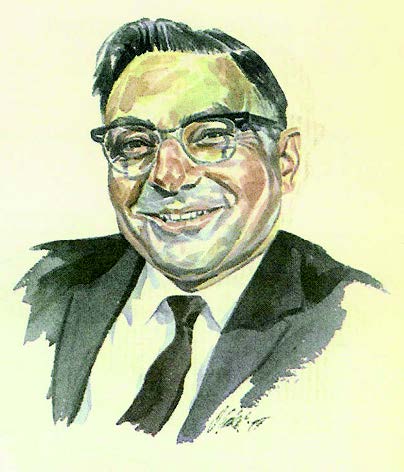 Rabbi Alfred Goodman (1918-1986) led Temple Israel from 1950 until his retirement in 1983. He was president of the Columbus Ministerial Alliance, the Community Planning Council and the Council on Human Relations. He spoke out for human rights, urging his congregation and the community to consider if they were willing to practice the religion they professed. His sermons and his life demonstrated love, justice and kindness.
Rabbi Alfred Goodman (1918-1986) led Temple Israel from 1950 until his retirement in 1983. He was president of the Columbus Ministerial Alliance, the Community Planning Council and the Council on Human Relations. He spoke out for human rights, urging his congregation and the community to consider if they were willing to practice the religion they professed. His sermons and his life demonstrated love, justice and kindness.
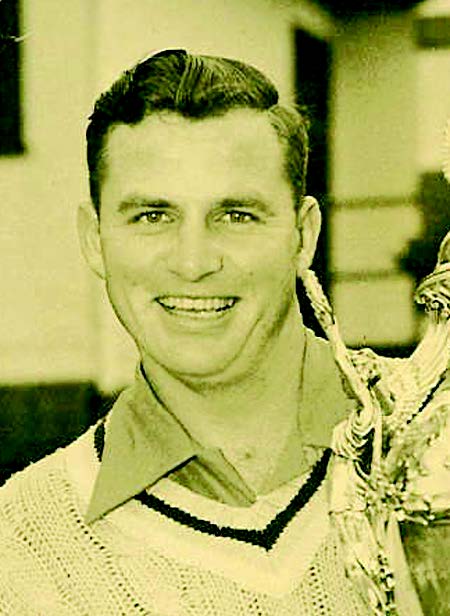 George S. Hamer (1922 – 1992) became a sensational golfer during the mid-1940s. Nicknamed the “Georgia Pine,” he had been taught by the legendary golf pro Fred Haskins. Hamer achieved the “Triple Crown” title in 1946 by winning the National Intercollegiate, Southern Amateur and All-American Amateur Golf Tournaments. Later accomplishments included the Georgia State Amateur Champion, U.S. Walker Cup Team, participation in the Master’s Tournament, Southeastern Amateur Champion twice, and inclusion in the Georgia Golf Hall of Fame.
George S. Hamer (1922 – 1992) became a sensational golfer during the mid-1940s. Nicknamed the “Georgia Pine,” he had been taught by the legendary golf pro Fred Haskins. Hamer achieved the “Triple Crown” title in 1946 by winning the National Intercollegiate, Southern Amateur and All-American Amateur Golf Tournaments. Later accomplishments included the Georgia State Amateur Champion, U.S. Walker Cup Team, participation in the Master’s Tournament, Southeastern Amateur Champion twice, and inclusion in the Georgia Golf Hall of Fame.
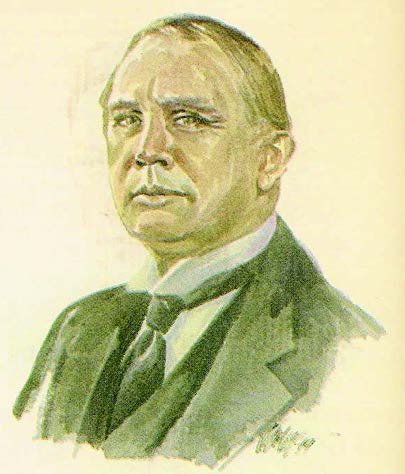 Claud Adkins Hatcher (1876-1933) had a keen interest in experimenting with flavors and making refreshing soft drinks for his Hatcher Grocery Co. customers. He produced a cream soda, ginger ale and a cola drink he named Chero-Cola. He formed a new bottling works named Chero-Cola Co., which in later years became Nehi Corp. and finally Royal Crown Cola Co. Hatcher was also vitally interested in the welfare of his fellow man, especially concerning the education of young people. By his Will, a trust fund was created for making tuition loans to qualifying students, and it continues as a private foundation.
Claud Adkins Hatcher (1876-1933) had a keen interest in experimenting with flavors and making refreshing soft drinks for his Hatcher Grocery Co. customers. He produced a cream soda, ginger ale and a cola drink he named Chero-Cola. He formed a new bottling works named Chero-Cola Co., which in later years became Nehi Corp. and finally Royal Crown Cola Co. Hatcher was also vitally interested in the welfare of his fellow man, especially concerning the education of young people. By his Will, a trust fund was created for making tuition loans to qualifying students, and it continues as a private foundation.
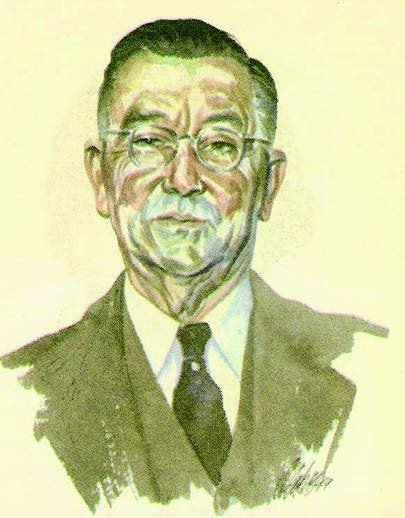 Fred Schomburg, Sr. (1881-1974) learned the art of engraving and watchmaking from his father, a German immigrant. The family business first located on Broadway in 1906; the Schomburg clock on the sidewalk has been a Columbus landmark for more than a century. Schomburg’s Jewelers is the oldest business in the city still run by the same family and still practicing the same trade.
Fred Schomburg, Sr. (1881-1974) learned the art of engraving and watchmaking from his father, a German immigrant. The family business first located on Broadway in 1906; the Schomburg clock on the sidewalk has been a Columbus landmark for more than a century. Schomburg’s Jewelers is the oldest business in the city still run by the same family and still practicing the same trade.
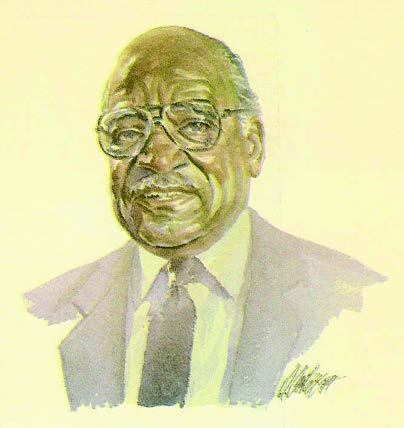 Albert Thompson (1922-2004) was a constant voice and admirable model for fairness and opportunity, and attained many “firsts” in his career: first black lawyer in Columbus when he returned to practice in 1951; first black man to win elected office in Muscogee County in the 20th century (elected to seven terms in the Georgia House of Representatives, beginning in 1966); first black legislator named chairman of a standing committee; and the city’s first black Superior Court judge.
Albert Thompson (1922-2004) was a constant voice and admirable model for fairness and opportunity, and attained many “firsts” in his career: first black lawyer in Columbus when he returned to practice in 1951; first black man to win elected office in Muscogee County in the 20th century (elected to seven terms in the Georgia House of Representatives, beginning in 1966); first black legislator named chairman of a standing committee; and the city’s first black Superior Court judge.
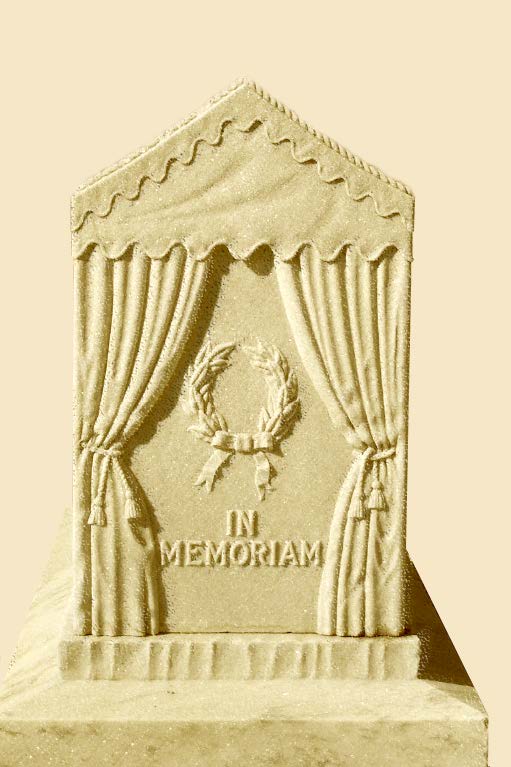 Kennedy Circus Train A tragic accident in 1915, a few miles east of Columbus, involved a circus train from the Con T. Kennedy Shows and a Central of Georgia passenger train. Both engines were badly damaged in the head-on collision; six members of the circus troupe were killed and at least twelve others were reported missing. A monument, placed by the Kennedy Circus, resembles a circus tent, and was made of Georgia marble.
Kennedy Circus Train A tragic accident in 1915, a few miles east of Columbus, involved a circus train from the Con T. Kennedy Shows and a Central of Georgia passenger train. Both engines were badly damaged in the head-on collision; six members of the circus troupe were killed and at least twelve others were reported missing. A monument, placed by the Kennedy Circus, resembles a circus tent, and was made of Georgia marble.
American Legion A section for Veterans was established by American Legion Post 35. It has a separate area for Spanish-American War veterans, including a monument to the U.S.S. Maine. Another area of the cemetery was dedicated to Confederate States of America; and many other veterans are buried in family plots throughout the cemetery.

